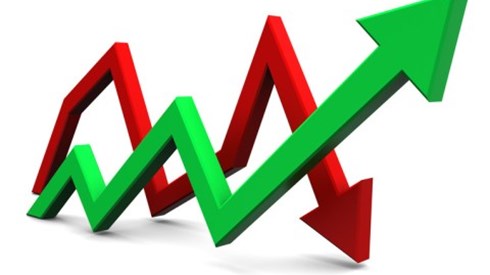Fitch Reinsurance Outlook Reveals Rate Increases Depend on ILS Appetite

December 15, 2017

Fitch Ratings has updated its Global Reinsurance 2018 Outlook to incorporate the catastrophe losses incurred from Hurricanes Harvey, Irma, and Maria, as well as losses from the earthquakes in Mexico and wildfires in California.
Fitch finds the following.
- Recent catastrophe losses are a significant percentage of capital, leading to negative
outlooks for several companies' ratings.
- The ratings of XL Group Ltd. and AXIS Capital Holdings Ltd. have recently been revised to negative.
- Lloyd's of London was maintained on negative outlook, and Fitch believes that third quarter 2017 catastrophe losses have placed further pressure on the negative outlook.
- The majority of reinsurer rating outlooks remain stable.
- The strong capitalization of most rated entities means they remain well positioned to take advantage of any pricing improvement at 1/1 renewals and beyond.
However, Fitch warns of the following.
- A significant development in loss estimates or additional large loss events before year-end could change the sector's rating outlook to negative from stable.
- The significant third quarter 2017 catastrophe losses will push the global reinsurance sector to an underwriting loss for the year, with a forecast 2017 aggregate combined ratio of 109.7 percent for Fitch's universe of monitored reinsurers, the weakest since 2011.
The sector outlook is the following.
- Fitch's fundamental outlook for the reinsurance sector remains negative.
- Intense market competition and the endurance of alternative capital have depressed prices in recent years.
- Low investment yields, which Fitch expects to persist, put further strain on reinsurer profitability.
Fitch expects the following.
- Reinsurance rates will increase as a result of the significant catastrophe events in third quarter 2017, particularly on US catastrophe exposed lines and in the retrocessional market.
- A key driver of the magnitude of future rate increases depends on the insurance-linked securities (ILS) market's appetite to invest more capital in reinsurance.
- The amount of capital that remains "trapped" by lengthy claims settlements or protracted litigation, particularly in relation to Hurricane Harvey flooding losses, will also influence the degree that rates rise.
December 15, 2017


